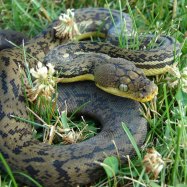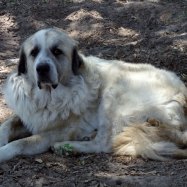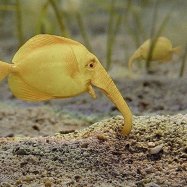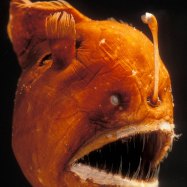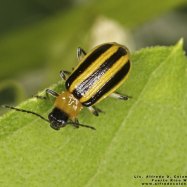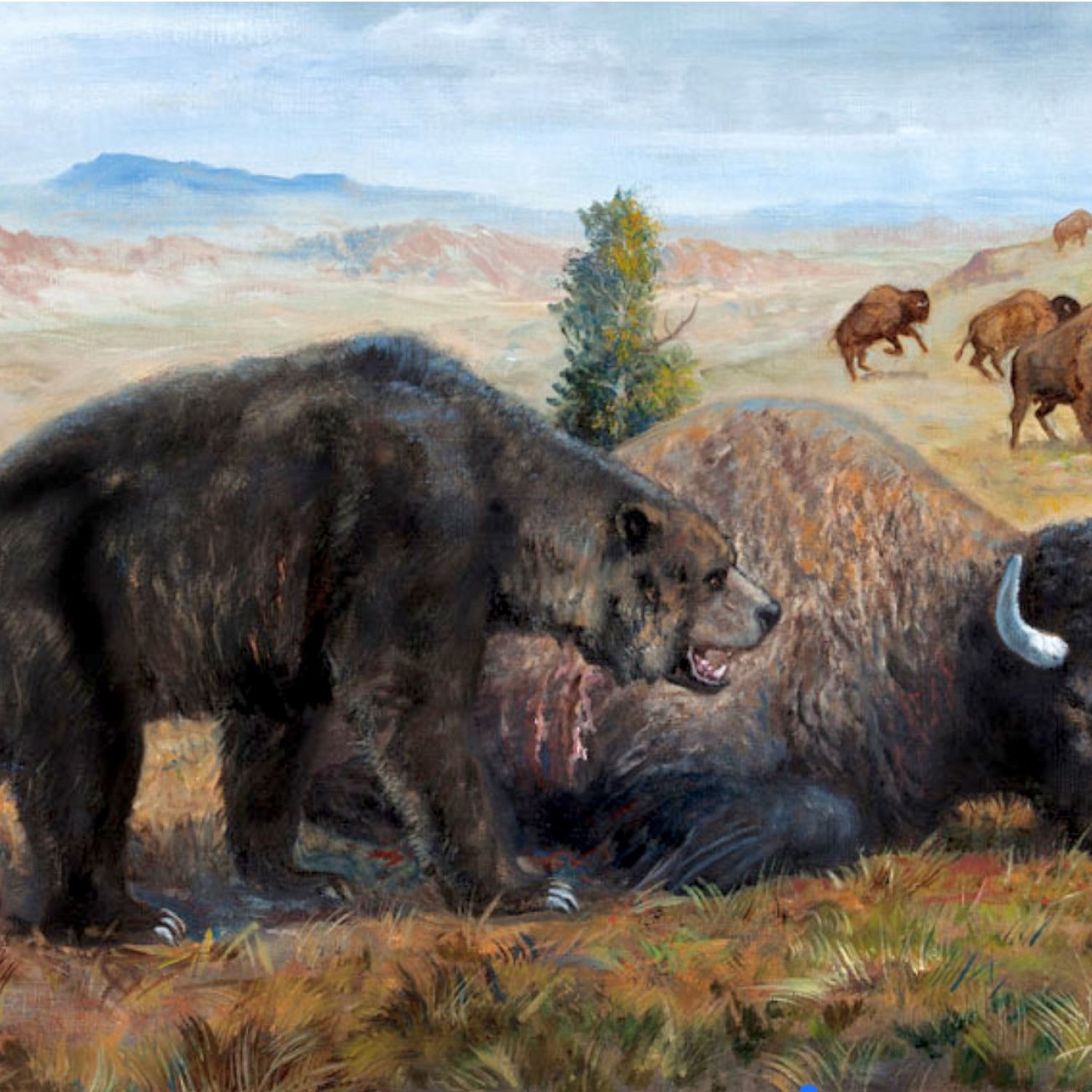
Arctodus
Approximately 10-11 feet
The Arctodus, also known as the short-faced bear, was a formidable predator that roamed North America thousands of years ago. With a length of 10-11 feet and a large, robust body, it was one of the largest bears to ever exist. Fossil remains of this bear have been found in various parts of North America, giving us a glimpse into its impressive size and power. As a member of the Ursidae family, it is believed that the Arctodus had a similar diet to modern bears, consisting of plants, small animals, and scavenging for larger prey. Despite its fearsome appearance, it is not a direct ancestor of modern bears, but rather a relative that went extinct during the last Ice Age.
Animal Details Summary:
Common Name: Short-faced bear
Kingdom: Animalia
Habitat: Open grasslands, forests, and tundra
The Fascinating World of Arctodus: The Short-Faced Bear
When we think of bears, we often picture the iconic image of a large and fluffy creature, with soft brown fur and a cuddly appearance. However, in the prehistoric world, there existed a bear that was far from cuddly – the Arctodus, also known as the Short-Faced Bear. This ancient creature roamed the open grasslands, forests, and tundra of North America, leaving behind fossil remains that tell a fascinating story. Come, let's explore the world of Arctodus and uncover its remarkable features Arctodus.Origins and Taxonomy
The Arctodus, whose scientific name is also Arctodus, belonged to the Kingdom Animalia, the Phylum Chordata, and Class Mammalia. It was classified under the Order Carnivora and the Family Ursidae, making it closely related to modern-day bears such as the grizzly bear and polar bear. However, the Arctodus was more closely related to the giant panda and spectacled bear, known for their herbivorous tendencies. Its closest living relative is the Spectacled Bear, found in the Andean region of South America.The genus name, Arctodus, means "bear-tooth," highlighting its relation to the bear family. On the other hand, its common name, Short-Faced Bear, describes its most distinctive feature – its short, broad skull compared to other bears.
Habitat and Distribution
The Short-Faced Bear inhabited various landscapes, including open grasslands, forests, and tundra, similar to other bears. However, its remains have been predominantly found in North America, making it a native species of this region. Fossil evidence suggests that it was widespread across the continent, with remains found in various parts of North America, including Canada, Mexico, and the United States Australian Bulldog.Physical Characteristics
One of the most striking features of the Arctodus was its size. Standing at approximately 5 feet tall and weighing up to 1,500 pounds, it was one of the largest and most formidable predators of its time. Its body shape was stocky and robust, able to support its massive weight. In fact, it was the largest mammalian land carnivore to have ever lived in North America.The Arctodus had a long and powerful body, with short muscular legs and a broad, flat head. Its long, thick fur was brown in color, providing insulation in the chilly northern climate. However, unlike its modern relatives, it lacked the characteristic humped back and had a more streamlined appearance.
Feeding Behavior
As a member of the Carnivora order, the Short-Faced Bear was a carnivorous predator, feeding on a variety of prey. Its massive size and strength allowed it to tackle even large and formidable herbivores such as the bison and elk. Fossil evidence suggests that it was an opportunistic hunter, capable of adapting its diet to the available prey in its environment.Its short, sturdy limbs and long claws were adaptations to its hunting style, making it an agile and efficient predator. However, despite its fearsome appearance, the Arctodus was not a hypercarnivore and incorporated a significant amount of vegetation in its diet, most likely from scavenging or seasonal fruit-eating.
Extinction and Impact
The Arctodus lived during the Pleistocene epoch, around 2 million to 11,000 years ago, before eventually becoming extinct. The exact cause of its extinction is still a matter of debate among paleontologists, with several theories put forward.One theory suggests that the arrival of humans in North America, who hunted and competed with the Arctodus for resources, may have contributed to its extinction. Another theory suggests that the changing climate, resulting in the disappearance of its preferred habitats and prey, may have led to its decline.
The impact of the Arctodus on its environment is also a subject of much debate. Some believe that its massive size would have put significant pressure on resources, potentially leading to the decline of other large predators and herbivores. On the other hand, others argue that it played a vital role in shaping its ecosystem, acting as a top predator and maintaining a balance in the food chain.
Discovering the Arctodus
Fossil remains of the Arctodus have been found in various locations across North America, providing valuable insights into its lifestyle, behavior, and evolution. Some of the most notable discoveries include a nearly complete skeleton found in 1912 in Oklahoma and a site in Arizona, where numerous skeletons were uncovered in 2005.These discoveries have shed light on the unique characteristics of the Arctodus, allowing us to better understand its role in the prehistoric world. They have also raised new questions and theories, adding to the mystery and fascination surrounding this incredible creature.
The Arctodus and Modern Technology
While we may never be able to witness the Arctodus in its natural habitat, modern technology has allowed us to recreate and bring this ancient bear to life in a whole new way. Through the use of virtual reality and animation, paleontologists and researchers can digitally reconstruct its appearance and movements, providing a glimpse into the world of the Short-Faced Bear.Moreover, advancements in DNA sequencing have allowed scientists to study the genetic makeup of the Arctodus, providing new insights into its evolutionary history. These technologies not only aid in our understanding of this extinct species but also allow us to appreciate its incredible features and existence in a whole new light.
The Legacy of the Arctodus
The Arctodus may have disappeared from the face of the Earth, but its legacy lives on through the rich fossil record that remains. Its unique features and position in the evolutionary timeline have made it an essential species to study and understand. It also serves as a reminder of the ever-changing and complex nature of our planet and the importance of conservation efforts in preserving our natural world.In conclusion, from its massive size and prehistoric origins to its role in shaping its ecosystem and the advancements in technology that have allowed us to study it, the Arctodus is a truly remarkable creature. Its story fascinates and intrigues us, reminding us of the incredible diversity that has existed on our planet and the mysteries that have yet to be uncovered. The Short-Faced Bear truly belonged to an extraordinary world, and one that we continue to explore and learn from.

Arctodus
Animal Details Arctodus - Scientific Name: Arctodus
- Category: Animals A
- Scientific Name: Arctodus
- Common Name: Short-faced bear
- Kingdom: Animalia
- Phylum: Chordata
- Class: Mammalia
- Order: Carnivora
- Family: Ursidae
- Habitat: Open grasslands, forests, and tundra
- Feeding Method: Carnivorous
- Geographical Distribution: North America
- Country of Origin: United States
- Location: Fossil remains found in various parts of North America
- Animal Coloration: Brown
- Body Shape: Large and robust
- Length: Approximately 10-11 feet
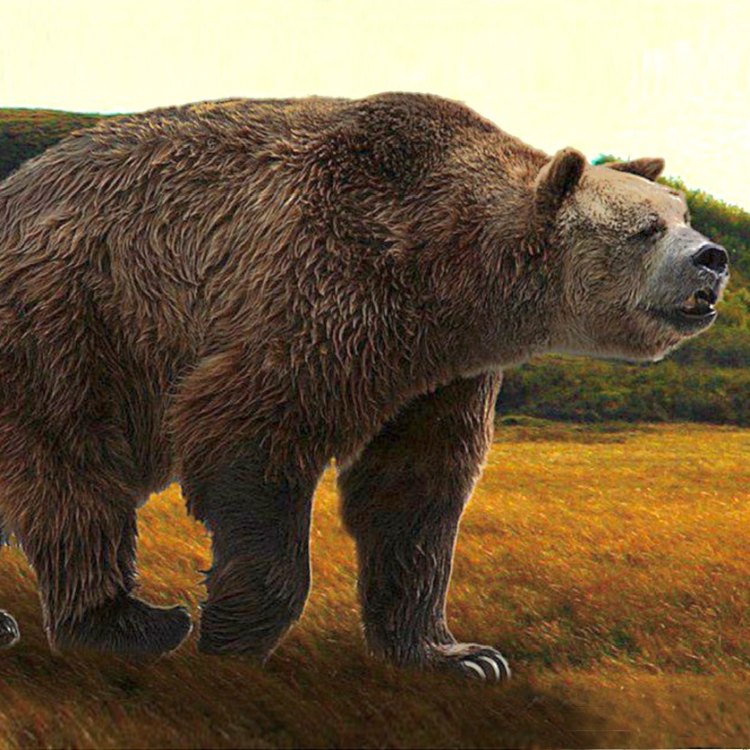
Short-faced bear
- Adult Size: One of the largest bears, weighing up to 2,200 pounds
- Average Lifespan: Unknown, but estimated to be around 20-25 years
- Reproduction: Sexual
- Reproductive Behavior: Similar to other bears, females give birth to 1-4 cubs in a den
- Sound or Call: Unknown
- Migration Pattern: Unknown
- Social Groups: Solitary
- Behavior: Presumed to be primarily a predator, but also scavenged for food
- Threats: Climate change, habitat loss, and human activities
- Conservation Status: Extinct
- Impact on Ecosystem: Unknown
- Human Use: Unknown
- Distinctive Features: Short face, long limbs, and long claws
- Interesting Facts: Arctodus is one of the largest land-based, mammalian carnivores known to have existed
- Predator: Presumed to have had few natural predators
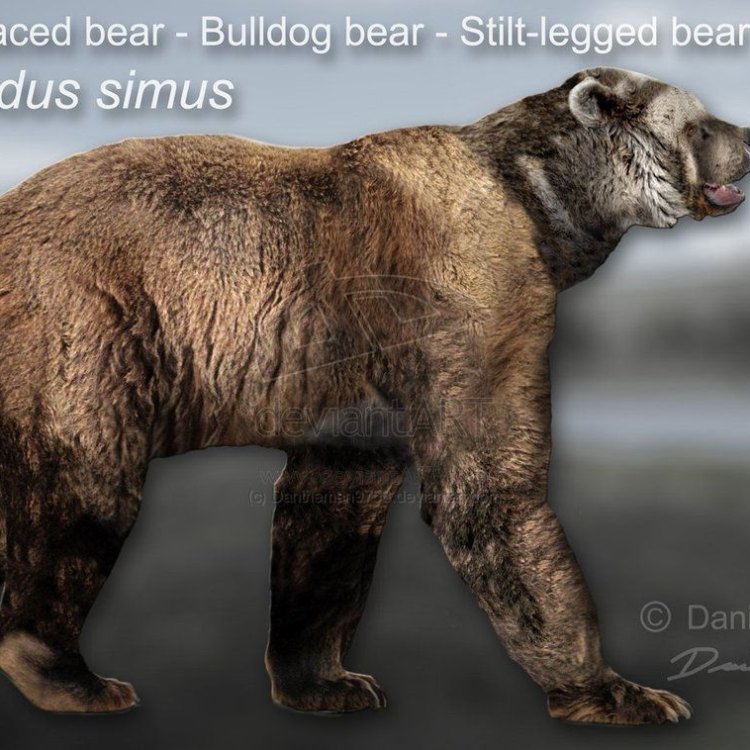
Arctodus
The Enigmatic Arctodus: Unveiling the Secrets of the Extinct Giant Bear
In the world of extinct animals, there are some that capture our imagination more than others. One such creature is Arctodus, also known as the giant short-faced bear. With its sheer size and unique features, Arctodus continues to fascinate scientists and researchers. In this article, we will delve into the intriguing world of Arctodus, exploring its adult size, lifespan, reproductive behavior, social groups, behavior, threats, conservation status, impact on the ecosystem, and human use PeaceOfAnimals.Com.Adult Size: One of the Largest Bears That Ever Lived
Arctodus was one of the largest bears that ever lived, with an adult weight of up to a whopping 2,200 pounds. To put that into perspective, the average weight of a modern-day grizzly bear is around 600 pounds. So, we can imagine just how massive and formidable Arctodus was. Its sheer size makes it one of the top predators of its time.Aside from its weight, Arctodus also had a height advantage over other bears. It stood on its hind legs, reaching up to 12 feet tall, making it one of the tallest carnivores of its time. Its enormous size was due to its adaptation to a herbivorous diet, which allowed it to grow much larger than its carnivorous counterparts.
Average Lifespan: A Mystery Yet to be Unraveled
While the average lifespan of modern-day bears varies between 20 to 30 years, the lifespan of Arctodus remains a mystery. Due to its status as an extinct animal, there is no way to accurately determine its lifespan American Alsatian. However, some scientists estimate that it may have lived up to 20-25 years.Reproduction: Sexual and Surprisingly Similar to Other Bears
Arctodus was a sexual animal, meaning that it required a male and female to reproduce. Like other bear species, female Arctodus gave birth to 1-4 cubs in a den. The cubs then stayed with their mother, learning survival skills and growing until they were strong enough to venture out on their own. This reproductive behavior is quite similar to that of modern-day bears, suggesting that Arctodus may have had similar social and familial structures.Sound or Call: A Mystery Yet to be Uncovered
One of the most mysterious aspects of Arctodus is the lack of information about its vocalizations. Unlike modern-day bears, whose sounds and calls have been extensively studied, there is no record of Arctodus's vocal behavior. Some experts theorize that its vocalizations may have been similar to those of modern-day bears, but we can only speculate until further evidence comes to light.Migration Pattern: An Elusive Mystery
Migration is a common phenomenon among many animal species. However, when it comes to Arctodus, its migration patterns remain a mystery. Due to the lack of evidence and limited knowledge about this extinct animal, scientists are still trying to figure out if Arctodus was a migratory species and what may have influenced its migration pattern.Social Groups: A Solitary Life
Unlike modern-day bears, which are known to form social groups, Arctodus was a solitary animal. It preferred a solitary lifestyle, and researchers believe that it only came into contact with others of its species for mating purposes. This solitary behavior may have also been influenced by its large size, which would have made it difficult for Arctodus to find and hunt with other bears.Behavior: The Giant Short-Faced Bear as a Predator and a Scavenger
Arctodus is presumed to have been a predator, primarily due to its size and physical adaptations. Its short face and long limbs gave it a significant advantage in catching and killing its prey, which could include other large animals such as bison, mammoths, and horses. Some experts also believe that Arctodus may have been an opportunistic hunter, scavenging for food when necessary.However, there is evidence to suggest that Arctodus was not solely a predator but also scavenged for food. Since it was one of the largest land-based mammalian carnivores of its time, it would have required a considerable amount of food to sustain its massive body. So, it is possible that when necessary, Arctodus would scavenge for food, feeding on the carcasses of other animals.
Threats: A Combination of Climate Change, Habitat Loss, and Human Activities
Like many other extinct animals, the primary threats to Arctodus were climate change, habitat loss, and human activities. During its time, it lived through the Pleistocene epoch, a time of significant climate change. The warmer temperatures and changes in the vegetation meant that the herbivorous animals, which made up the majority of Arctodus's diet, started to decline.Additionally, the loss of its habitat due to the changing climate and human activities such as hunting and habitat destruction would have also had a significant impact on the population of Arctodus. As a result, it is believed that these factors may have contributed to the demise of this giant bear.
Conservation Status: Extinct
Despite its incredible size and ferocious appearance, the future of Arctodus was not a bright one. It is believed that it went extinct around 11,000 years ago, at the end of the Pleistocene epoch. While the exact reason for its extinction is still uncertain, the decline of its prey and the changing environment likely played a crucial role.Today, Arctodus is classified as an extinct species, with no known living descendants. Its closest living relative is the spectacled bear, which bears no physical resemblance to this ancient giant. However, the legacy of Arctodus continues to live on, with its fossils providing valuable insights into the past and helping us understand the ecosystem of the past.
Impact on the Ecosystem: An Unknown Story
One of the most significant mysteries surrounding Arctodus is its impact on the ecosystem. As one of the largest land-based, mammalian carnivores known to have existed, it undoubtedly had a considerable influence on its environment. However, the extent of this impact remains unknown.Some experts believe that Arctodus may have played an essential role in controlling the populations of other large animals, similar to the role of modern-day predators. However, without concrete evidence, it is impossible to determine the full extent of its influence on the ecosystem.
Human Use: A Possible Source of Fear and Inspiration
Given its sheer size and ferocious appearance, it is not surprising that Arctodus may have been a source of fear for our ancestors. While there is no evidence to suggest that early humans actively hunted Arctodus, they may have encountered each other through their shared habitat.Today, Arctodus continues to be a source of fascination and inspiration for many. Its size and unique features have inspired numerous works of fiction, including books, movies, and video games. Its fossils also provide valuable information for scientists and researchers, helping us understand the world of the past and its inhabitants.
Distinctive Features: A Short Face, Long Limbs, and Long Claws
What makes Arctodus stand out from the rest of the bear species is its distinctive physical features. As its name suggests, Arctodus had a short face, shorter than that of modern-day bears. This feature was an adaptation to its herbivorous diet, allowing it to exert more force while chewing tough, fibrous vegetation.Its long limbs and long claws were also unique features of Arctodus. These physical adaptations gave it a significant advantage in hunting and scavenging. The length of its limbs enabled it to run at high speeds, making it an efficient predator. Its long claws were also used for digging up vegetation and hunting prey, similar to the claws of a grizzly bear.
Interesting Facts: Endless Mysteries Surrounding the Giant Short-Faced Bear
As we continue to uncover more about Arctodus, new interesting facts seem to surface. One such fact is that Arctodus may have had few natural predators, other than humans. Due to its sheer size and ferocity, it is believed that it may have had little competition in its ecosystem. This theory is further supported by the lack of fossil evidence of any animal predation on Arctodus.Another interesting fact about Arctodus is that it inhabited various locations throughout North and South America. This widespread distribution indicates that it was a highly adaptable species, living in various environments and climates.
In Conclusion
The story of Arctodus is one of mystery, fascination, and awe. This extinct giant bear continues to intrigue us with its enormous size, unique features, and unknown behaviors. While much about this ancient creature still remains a mystery, the discovery of its fossils and ongoing research continue to provide valuable insights into its world and its impact on the ecosystem. As we continue to unravel the secrets of Arctodus, we gain a better understanding of the past, shaping our future understanding of the world and its inhabitants.
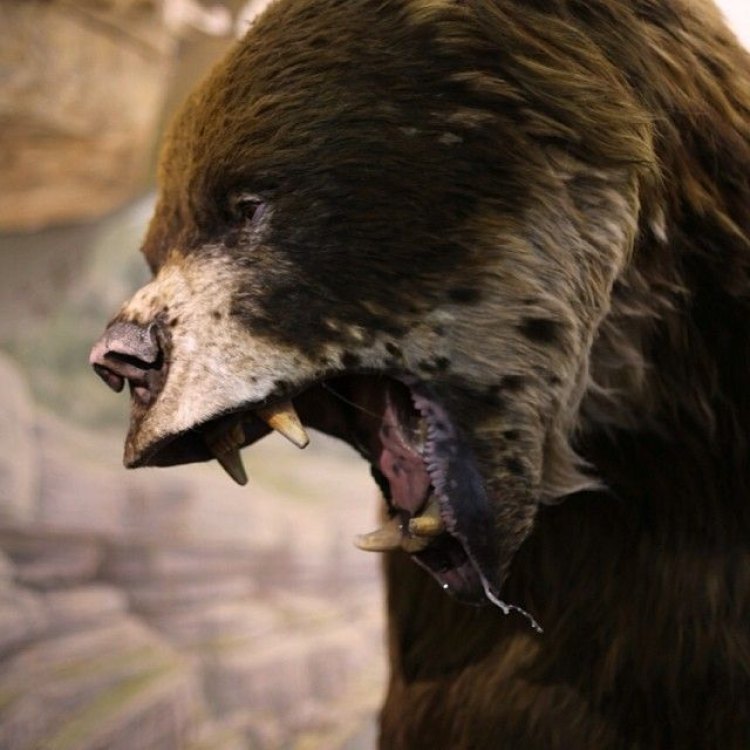
The Fascinating World of Arctodus: The Short-Faced Bear
Disclaimer: The content provided is for informational purposes only. We cannot guarantee the accuracy of the information on this page 100%. All information provided here may change without prior notice.

